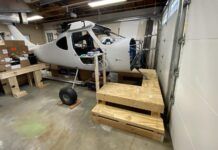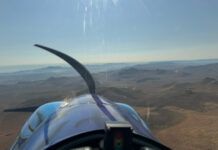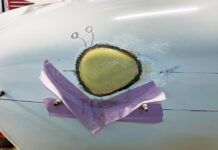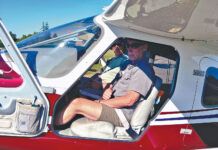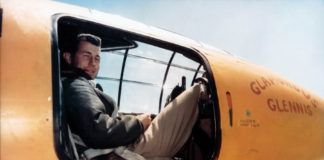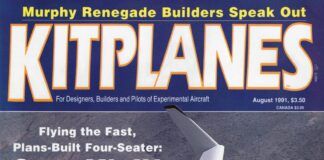It was one of the neatest airplanes I’d ever seen. I had recently moved to the Seattle area, and an old pilot friend had come to visit. “They’re selling a plastic kit homebuilt out of Maple Valley Airport. Let’s go take a look.”
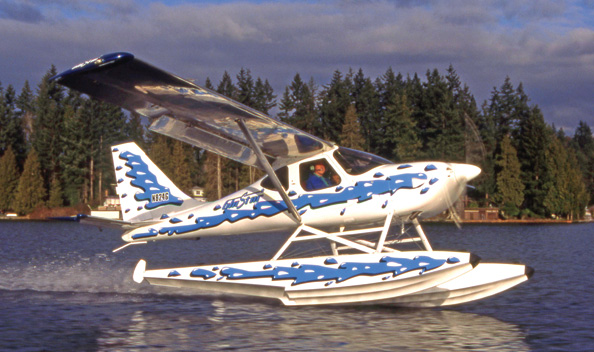
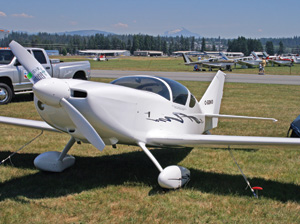
It was just a few miles away. There we found a slick little taildragger powered by a Lycoming O-235. The Glasair went together like a giant model—glue the two fuselage halves together, glue the tops of the wings to the bottom, slide the horizontal tail into the slot in the fuselage, and you were done. Plus the 2000 additional hours of “miscellaneous” work, of course.
Other than a Breezy ride when I was 12 years old, the prototype Glasair was the closest I’d been to a homebuilt aircraft. In the 40-odd years since, my knowledge and experience with homebuilts have evolved. The Glasair has, too. The Glasair III nearly triples the horsepower and has retractable tricycle gear, but the same basic airplane is still there.
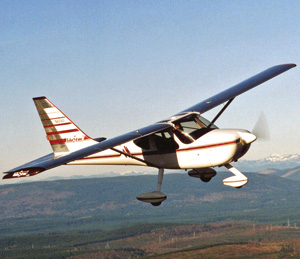
Stoddard-Hamilton moved from “the pig farm” not long after that first visit, but remained in the Seattle area. This worked to my advantage 15 years later when the company was developing a new homebuilt. Because I still lived nearby, KITPLANES assigned me to follow the development of the new GlaStar design. I not only got to visit during various stages of development, but I wrote the KITPLANES pilot reports for the trigear, taildragger and float configurations.
Things have changed. Like many kit companies, Stoddard-Hamilton eventually closed down. But like most good homebuilts, the designs sprang back into production under the aegis of a new company, Glasair Aviation.
The Glasair was one of the seminal aircraft of the modern homebuilt movement. Let’s take a look at the accident rates for the Glasair and for its stablemate, the GlaStar.
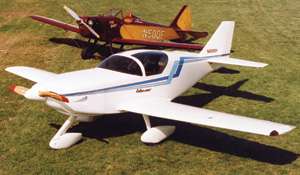
Model Notes
Thirty years of Glasairs means the FAA registry and the NTSB accident reports show a wide variety of models. Many listings aren’t specific, so we’ll merge the models together for analysis.
As for the GlaStar, there are two “flavors”—the original and the upgraded Sportsman. Again, we’ll combine these aircraft into one category.
My accident database runs from 1998 through 2007, and includes only accidents for Experimental/Amateur-Built aircraft. Company demonstrators are usually licensed in other categories, so those accidents are not included.
This leaves a reasonable sample size (54) for Glasair accidents, but it’s a tad low for GlaStars (24 when both the original and the Sportsman are included). Two of those GlaStar accidents involved the same aircraft, with accidents about a year apart.
Pilot Error
Figure 1 compares the Glasair and GlaStar accident rate against other homebuilt types. The rate of “Pilot Miscontrol” accidents (those accidents due to stick-and-rudder mistakes) is about the same for the Glasair and the two-seat Lancairs. But what’s up with the “Risk Judgment” portion for the Glasair? Why is it so much higher?
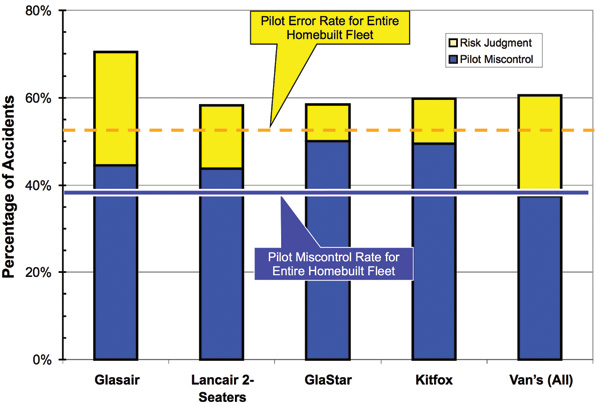
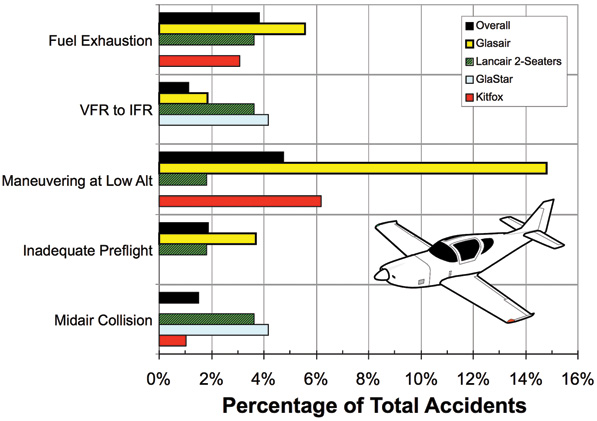
Figure 2 provides a partial answer: Fourteen percent of the Glasair accidents in my database are due to “Maneuvering at Low Altitude.” One in seven of all Glasair accidents—not just the Pilot Error ones—are due to the pilot’s decision to fly low when not necessary for takeoff and landing. Why? Nothing really stands out.
Nearly half of the “Maneuvering at Low Altitude” accidents involve aerobatics, and most of those involve stalls. A handling glitch causing pilots to lose control? But the Glasair actually has a lower stall rate than the overall homebuilt fleet (and it’s less than half of the Lancair’s).
Purchasers of completed aircraft hotdogging their new toys? No…the percentage of purchased versus builder buzzing or low-level aerobatics accidents is about the same as for all Glasair accidents. It’s perplexing, really. There’s no good answer, but it’s probably not the airplane’s fault.
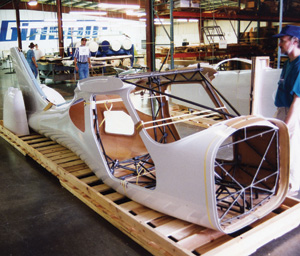
The GlaStar accidents were evenly split between taildraggers and trigear aircraft (11 each, and two additional were floatplanes). Seven out of the 11 taildragger accidents were due to Pilot Miscontrol versus just four of the 11 tricycle gear planes.
Other Accident Causes
Figure 3 shows the distribution of the accident causes if Pilot Miscontrol is not included. The only real standout is the occurrence of accidents related to the fuel system—both the GlaStar and the Kitfox are higher here. That’s a little unexpected, with gravity providing at least part of the fuel head.
However, keep in mind the small sample size for the GlaStar, especially after eliminating the Pilot Error accidents. The 16% represents only two accidents. There were four times as many Kitfox accidents (and a larger fleet size, too).
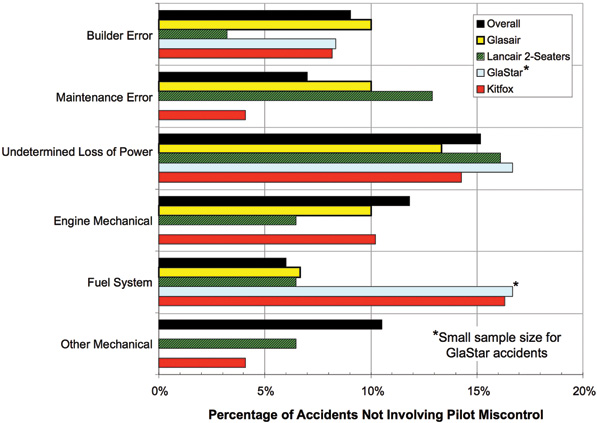
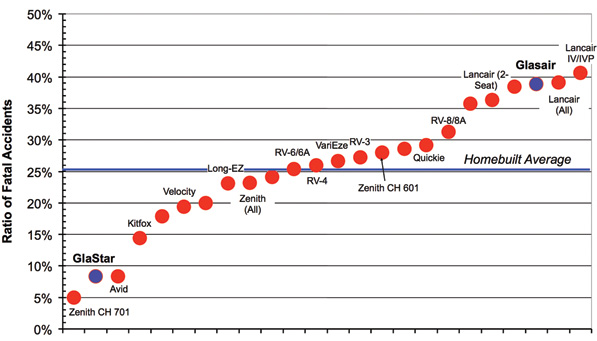
Fatal Accidents
Figure 4 shows the percentage of accidents that include fatalities and offers another surprise: The GlaStar has the second-lowest fatality rate of all the homebuilts I’ve looked at.
This is fascinating. So far, the fatality ratio has generally paralleled the aircraft’s cruise speed: The faster the airplane, the faster it might hit the ground, and the more force the occupants have to endure. The GlaStar’s cruise speed has it nearly running with the “big boys,” yet its fatality ratio beats most of the lightweight low-and-slow airplanes.
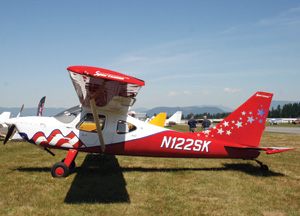
The GlaStar’s mixed construction method probably deserves credit. The fiberglass exterior shell bolts to a welded-steel framework around the cabin. This allows the kit manufacturer to ensure that key components such as the wings, landing gear and engine are accurately positioned. It also provides a solid, secure mounting for seat belts/shoulder harnesses, and helps keep the cockpit intact during crashes. For example, one NTSB report describes the fuselage as “…severed in half behind the cabin” with no reported injuries to the occupants.
How good is the GlaStar? Its accident fatality ratio is less than half that of the overall U.S. aircraft fleet over the same period. It’s less than the Cessna 172, for gosh sakes. You can’t ask for any more than that.
Overall Accident Rate
Figure 5 shows the overall accident rate for each type of aircraft compared to the results for airplanes that were previously evaluated in this series. The Glasair, being an older design, may have a few more inactive aircraft on the rolls, which could possibly cause the accident rate to come out a bit lower. However, the Lancair two-seaters were introduced not that much later, and the Glasair’s rate is quite a bit lower.
The GlaStar’s accident rate is a bit above average. One item that caught my eye was how many of its accidents (five out of 24) happened in Alaska. In fact, 10% of all of my database’s Alaska homebuilt accidents involved GlaStars. About 1.2% of all homebuilts are registered in the 49th state versus 4.7% of the GlaStars. It’s possible the GlaStars up north are “working airplanes” that are operated more aggressively. (For information on pilot time in type, see Figure 6.)
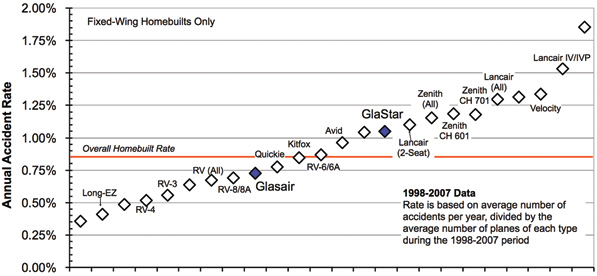
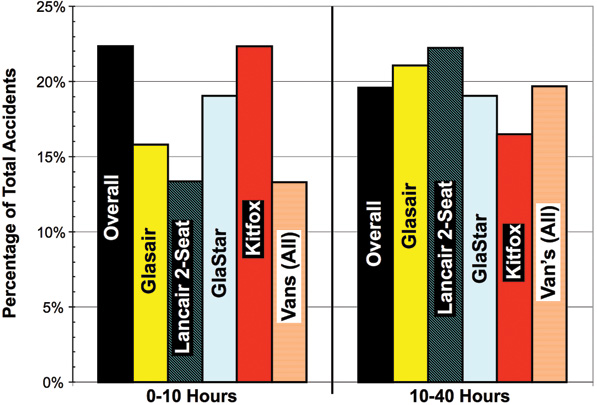
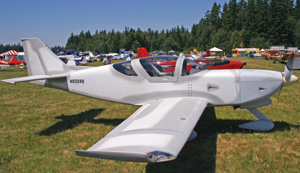
Wrap-Up
It is strange when you think about it, but the original Glasair is old enough that it qualifies to carry an NX registration number. The design’s proponents along with the fans of its main competitors, the two-seat Lancairs, have many points they can argue over. But there are numerous similarities in the safety department. Both designs suffer from about the same rate of Pilot Miscontrol accidents, and their fatality rates are also about the same. The Glasair’s overall accident rate is lower, but the Lancair seems to have a lower rate of accidents related to builder error.
Reviewing my original pilot report on the GlaStar reminded me of how much I liked the plane back then, and how impressed I was with the idea of installing a welded-steel cage inside the fiberglass fuselage to ensure that the wing, engine and landing gear were all properly aligned. It is nice to see that this type of construction has probably kept some pilots and their passengers alive as well.



